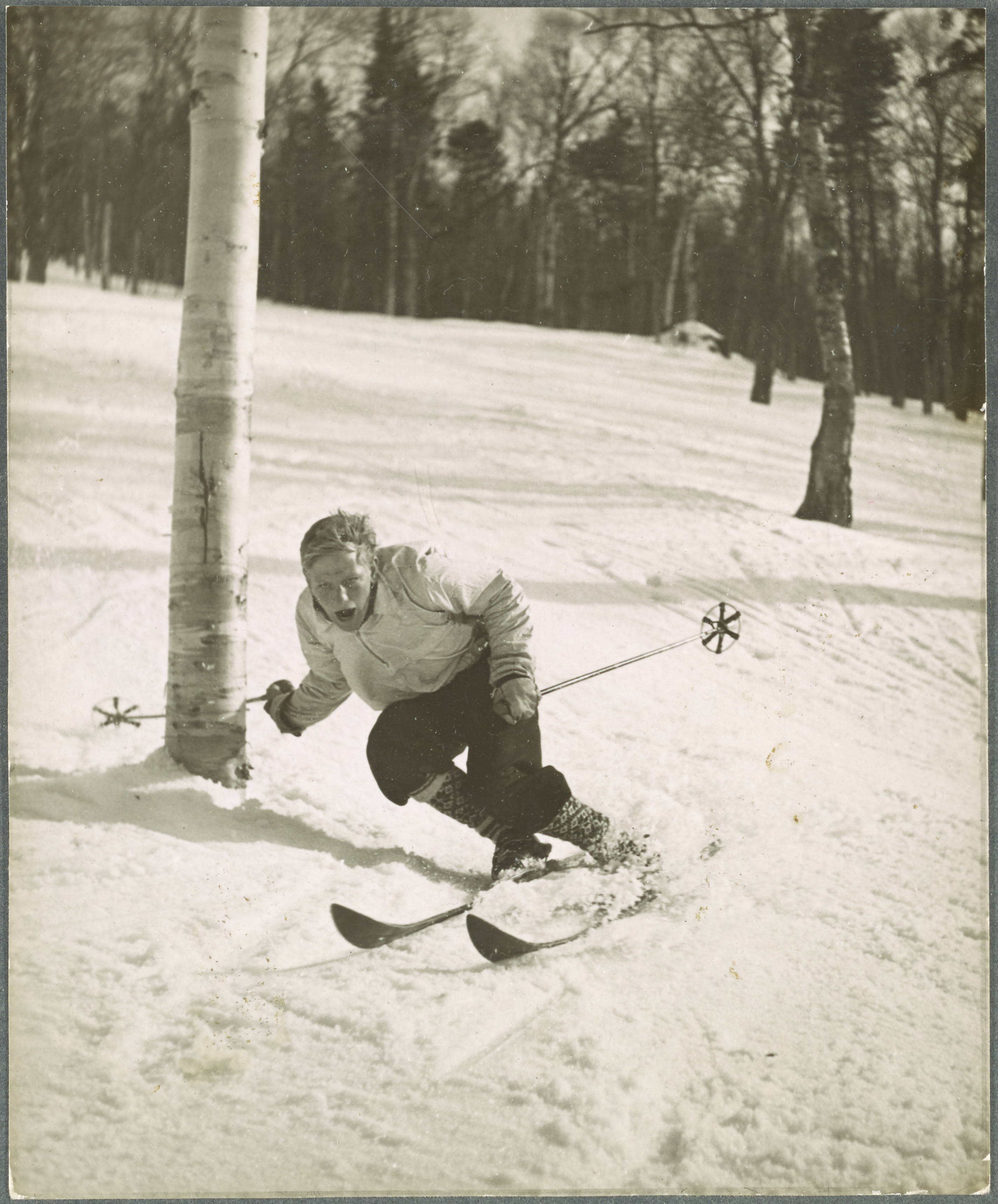Our series examining an Image of the Week from the photographic files, by Kevin Warstadt, Edward Connery Lathem ’51 Digital Library Fellow.

Grave Robbers
In honor of Halloween week, we have a drawing of grave robbers exhuming a body. This image was posted with no caption below a listing of medical school graduates in 1877.
Dartmouth has a somewhat interesting history in regard to grave robbing. Charles Knowlton, who graduated from Dartmouth Medical School in 1824, was jailed the same year for illegal dissection. Knowlton suggested that doctors offer up their own bodies (as an alternative to exhumed corpses) to relieve public prejudice against the practice.
And Dartmouth Medical School is not alone in its history of illicit procurement of subjects for study. In 1769, Joseph Warren and friends of Harvard College founded an anatomical society called “The Spunkers,” the purpose of which was to acquire corpses for dissection. The name was never to be written or spoken, understandably, and featured a shovel as its representative symbol.
Of course, the practice of grave robbing is not limited to the bounds of New England. In fact, it was so common in the 1800s that guards had to be put in place to watch over the dead. In one particularly notable case from 1878, the New York Times reported that the body of John Scott Harrison, former Ohio congressman and father of President Benjamin Harrison, was found on a dissection table in an Ohio Medical School lab just hours after he was meant to have been buried.
Hopefully this Halloween the dead will stay in the ground.


